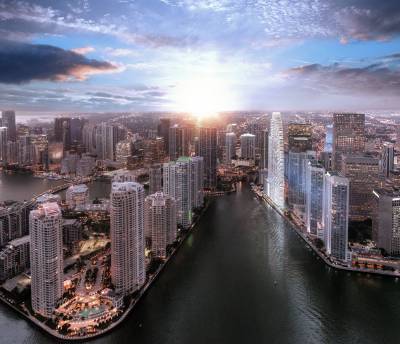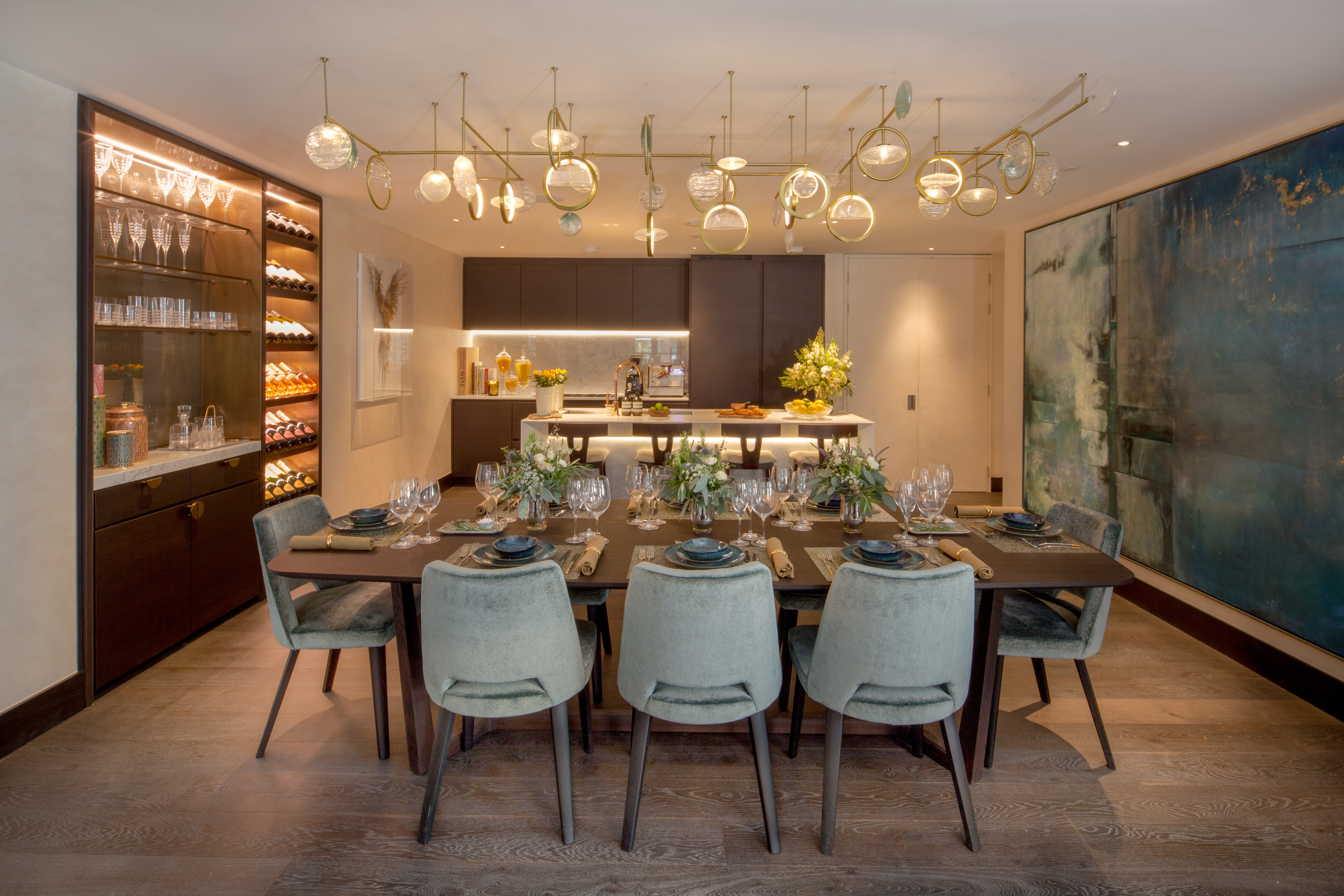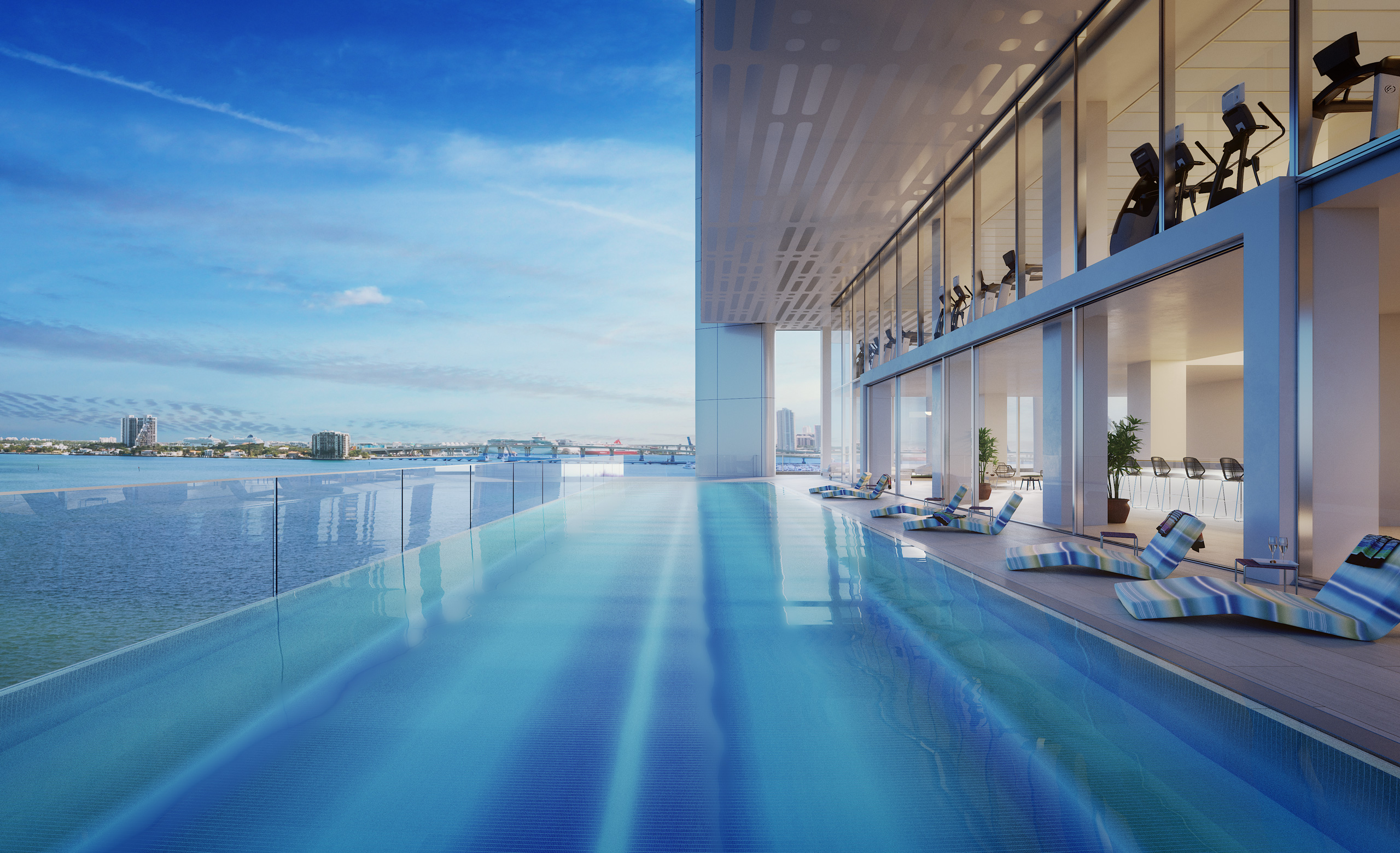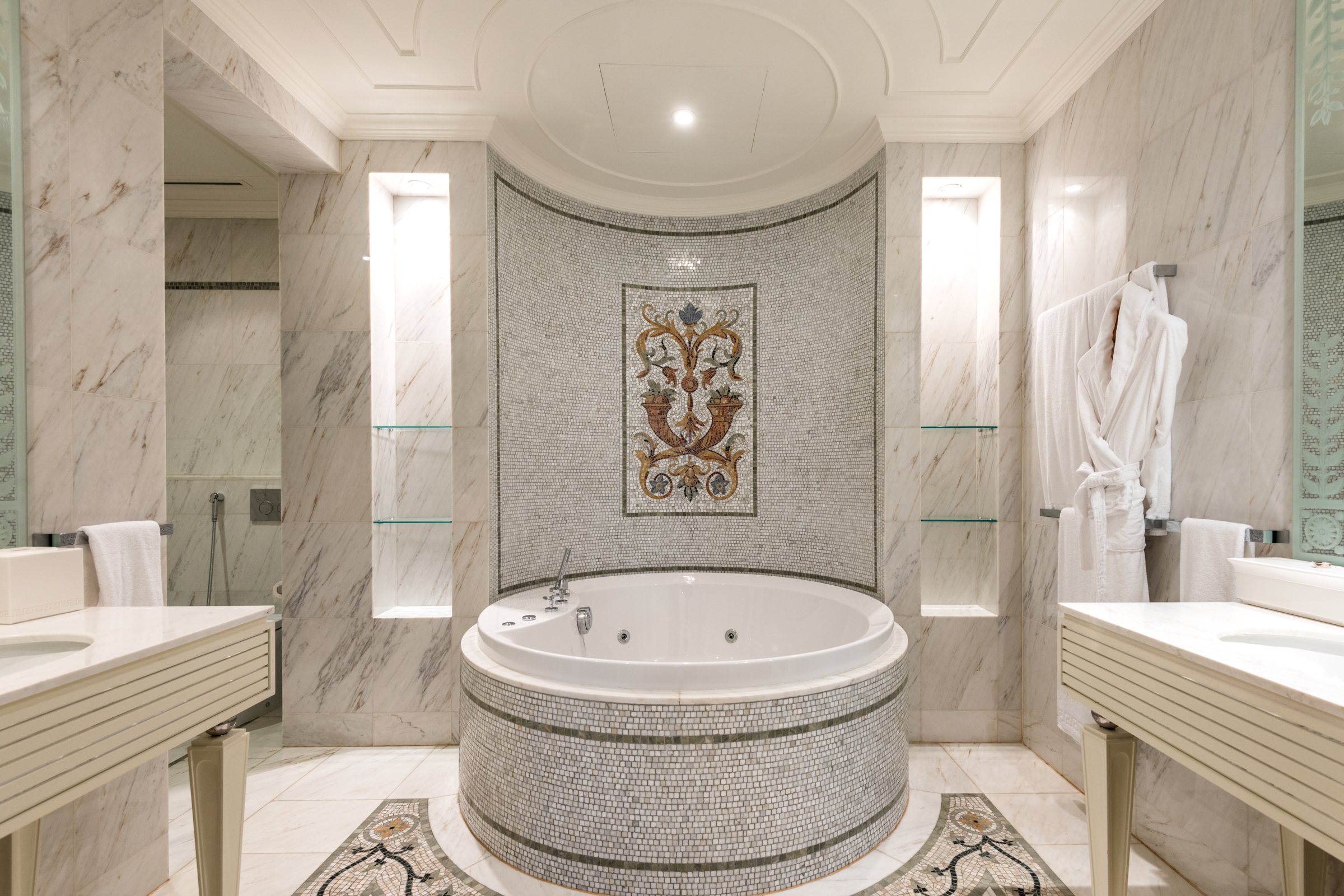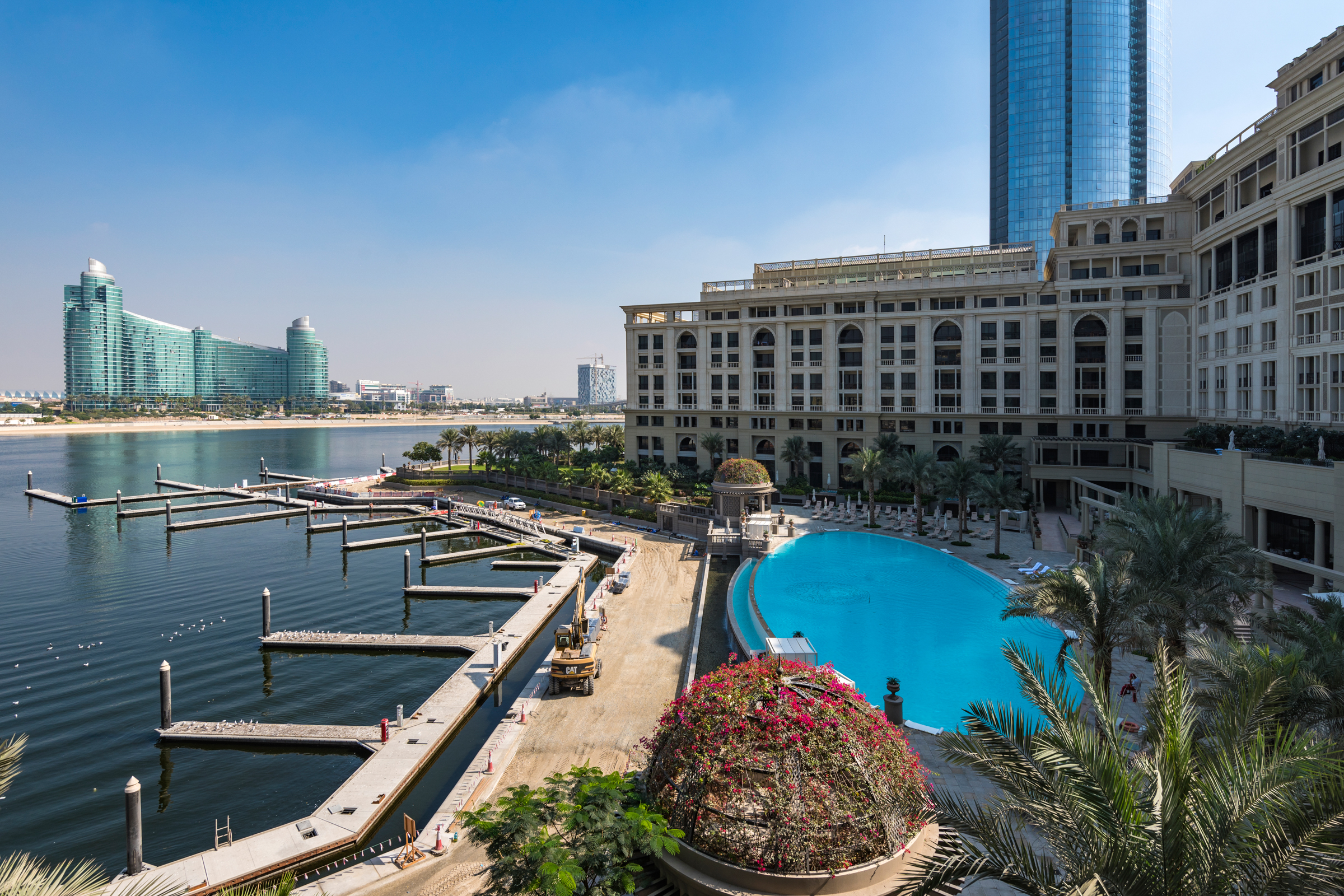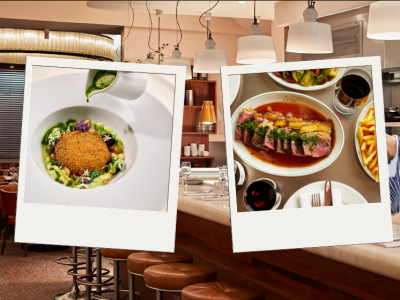From the coffee that kick starts our day to the clothes we wear, many elements of our daily lives are branded and speak volumes about us — so why not our homes, too?
Living the dream: Designer residences from luxury brands
8th May 2019
From the Porsche Design Tower to Fendi Chateau Residences, wealthy buyers are snapping up residences styled by prestige car marques and top fashion brands
Branded residences are typically created when a global luxury hotel partners up with a property developer, lending its name, services and facilities to the accompanying apartments for sale — and it’s a booming market. There are currently more than 400 branded residence schemes globally with 55,000 properties between them, according to Savills’ new in-depth study into the branded residences market. Nearly a third of them are in the US and they command a 31% premium on average over comparable non-branded properties.
“Branded residences are on the wish lists for a lot of purchasers now. They are accustomed to high-end service while they are travelling and they expect that from a home, too,” explains Ian Pidgeon, a partner at Knight Frank, whose own recent branded residences report looks at how a new development may now involve multiple brands. Take Clivedale’s The Mansion in London’s Marylebone, whose 23 residences priced from £4.95m have at their disposal a chauffeur-driven Bentley, grocery delivery from Fortnum & Mason, dry cleaning from Jeeves of Belgravia and pampering products from Bamford Spa.
However, while branded residence buyers love the idea of hotel-style service at home, some want a brand that speaks more about their lifestyle than Marriott or Ritz-Carlton. So luxe non-hotel brands are entering the ring, too, so far mainly fashion designers and prestige car marques — although YOO, a collaboration between property entrepreneur John Hitchcox and designer Philippe Starck, dominates the non-hotel branded residence market, with 52 completed schemes in 34 countries.
The two locations that lead the way in non-hotel branded residences — neither a huge surprise, given their respective love of bling — are Miami, where you can live in a home styled by Porsche, Aston Martin, Armani or Missoni, and Dubai, whose name-dropping offerings include residences by Versace, Bulgari and Bugatti.
In Miami, the Porsche Design Tower has made global headlines thanks to its Dezervator car lift that delivers owners and their vehicles to their front door. Remaining residences cost from $5.5m to $32.5m for the penthouse with 11-car garage.
Buyers with a love of prestige cars and posh property may also gravitate towards Miami’s Aston Martin Residences, which pay a subtle nod to the British marque throughout, from the door-shaped carbon-fibre reception desk to the hand-stitched leather pulls on owners’ front doors.
Or there’s 1100 Millecento by Pininfarina, a 42-storey tower that completed in 2015 and drew its inspiration from the Italian designer behind the Ferrari California and Maserati GranTurismo.
And pure Miami is one of the unnamed buyers at Fendi Chateau Residences, the fashion empire’s first foray into real estate, who has combined his dual passions for Italian couture and car manufacturing by hanging his $1.5m Pagani Zonda R — one of only 15 in the world — from the ceiling of his $8m apartment.
Still on the fashion front, a fresh addition to Miami’s waterfront is Missoni Baia, the fashion house’s first branded property venture. “This kind of branding exercise is an art form and it’s a risk to both parties if you get it wrong. Missoni Baia has got it right,” comments Hugo Thistlethwayte, head of Savills’ international department, which is marketing the Missoni apartments from $560,000. “It has a strong image to it, with the warmth of Missoni’s texture and colour set against the starkness of Miami’s honed-down minimalism,” he adds.
So why does Miami love its branded residences so much? “Miami is a very global market and it’s easier to instantly communicate the message of quality and substance with a name that is already known, established and respected across the globe,” comments Alicia Cervera Lamadrid of Cervera Real Estate, which is marketing the Aston Martin Residences from around US$800,000 to $5.5m and penthouses from $16m to $50m for the triplex penthouse, with a limited-edition Aston Martin Vulcan — worth about £2.4m — thrown in for free.
So for buyers it’s about a reassurance of quality in an otherwise unknown quantity. For the brand, it provides a fresh way to introduce itself to new customers, says Lamadrid. And for the developer it’s a way to stand out from the crowd.
“Here in Sunny Isles Beach alone, you have about four new buildings going up on a 20-block stretch, so we developers look at new ways of differentiating the product,” says Sebastian Tettamanti, vice president of sales at Residences by Armani Casa and Porsche Design Tower Miami. He points out that as most units are sold off-plan, buyers often don’t see the finished product for up to four years after they sign on the line. “But they know what to expect in terms of design because of the involvement of the brand.”
You need to get the balance right between product placement and private home. Most buyers don’t want to feel they are living in a designer’s showroom — although the conspicuous use of Versace at the Damac Tower, better known as the “Versace Tower”, having been designed by Donatella, has been a hit with buyers. Although still under development, nearly half of the 360 apartments priced up to £13m have sold — many to overseas investors with several homes — and features include a marble V inlaid in the walnut entrance floor to the apartments, gold-plated filigree chandeliers in the residents’ lounge and a patchwork Versace carpet in the children’s playroom.
Alicia Cervera Lamadrid says it’s all about allowing the brand “to permeate through the DNA” of the development. “It should be very organic and natural. It’s like a good couple: together they should shine brighter and make a much stronger statement. There should be no push and pull. If there is, it’s the wrong fit,” she comments.
In Dubai, meanwhile, its own passion for brands continues undimmed. The Royal Atlantis Residences linked to the world-famous Atlantis Palm resort are “set to be a new icon in Dubai”, says Knight Frank’s Dubai-based partner Maria Morris. But there are some blingy non-hotel names to seduce too, including the Armani Residences in the Burj Khalifa, the world’s tallest building, where Sotheby’s is marketing a one-bed, never-lived-in Armani apartment for AED3.1m (£670,000). Over at Palazzo Versace, one of Dubai’s most luxurious five-star hotels, it is also marketing a four-bed Versace-designed apartment with pool for AED16m (£3.45m). Not one for minimalists.
Or there’s the Bulgari Resort and Residences, one of six places in the world where you can lap up the Bulgari lifestyle. A one-bed apartment is on sale there for AED4.5m (£972,000), also through Gulf Sotheby’s International Realty.
The brand should permeate through the DNA of the development. It should be organic and natural. It's like a good couple: together they should shine brighter and make a much stronger statement
Roberto Cavalli has also made his first foray into the property sector with the highly ornate and textured Just Cavalli Villas, part of DAMAC Properties’ Akoya Oxygen development in Dubai, with villas starting at AED1.2m (£259,000) through Springfield Real Estate. On the same development are the world’s first Bugatti-style homes, with a glass box for parking your car within clear sight of your sofa. “The opportunity to live in the world’s first villas styled in Bugatti’s design language and featuring key codes of the brand’s DNA is a unique opportunity to experience this fantastic brand in a new way,” comments Ziad El Chaar, DAMAC Properties’ managing director.
Penny Mosgrove, CEO of Quintessentially Estates, awaits the arrival of residences branded with big eco-friendly names such as Tesla or Delos, a wellness real estate and technology company. “It has designed its first eco-home in LA and I can see it moving into development projects someday,” she comments. “People will flock to the development if they see it tie into their lifestyle and that’s what is spurring it on. It’s a way of signalling your character and values.”
